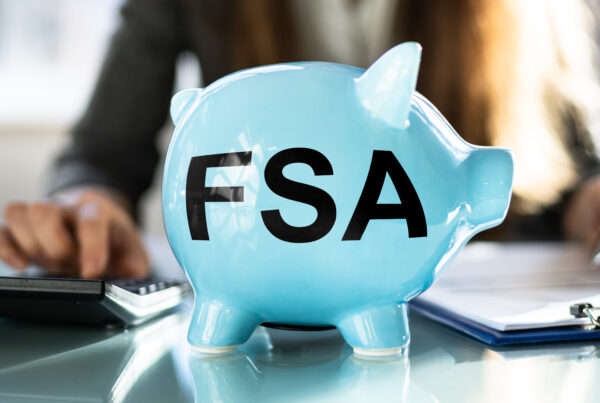By Selena Garrison, M.S.
It is common for financial educators, including Personal Financial Managers (PFMs), to find themselves confused by the decisions their clients make. When a professional invests their time in educating the people they serve to make choices that will build their financial health, it can be frustrating to see them make choices that are detrimental. Bringing together psychology and economics may help explain why people make the financial decisions they do. Behavioral finance explains how unconscious biases can lead clients to make decisions that are contrary to their own best interest.
The two main types of unconscious bias identified by behavioral finance are cognitive bias and emotional bias. Cognitive bias refers to the tendency of humans to perceive information based on their own experiences and preferences, thus limiting their ability to think objectively when making financial decisions. By contrast, emotional bias refers to the tendency for personal feelings at any given time to distort the ability to make appropriate financial decisions.
Two examples of cognitive bias that may impact Service members include:
- Confirmation Bias: Looking for or interpreting information consistent with one’s existing beliefs.
- Gambler’s Fallacy: Belief that if something happens frequently during one time period, it will happen less frequently in the future.
Two types of emotional bias that may impact Service members include:
- Overconfidence: The tendency to be more confident in one’s own understanding or ability than is objectively reasonable.
- Herd Behavior: The tendency to act in a manner consistent with those around them instead of making objective individual decisions.
For more on behavioral finance, join us for our upcoming webinar on October 19, The Psychology of Money: Understanding Service Members’ Financial Decisions.
Photo by Tima Miroshnichenko/Pexels















